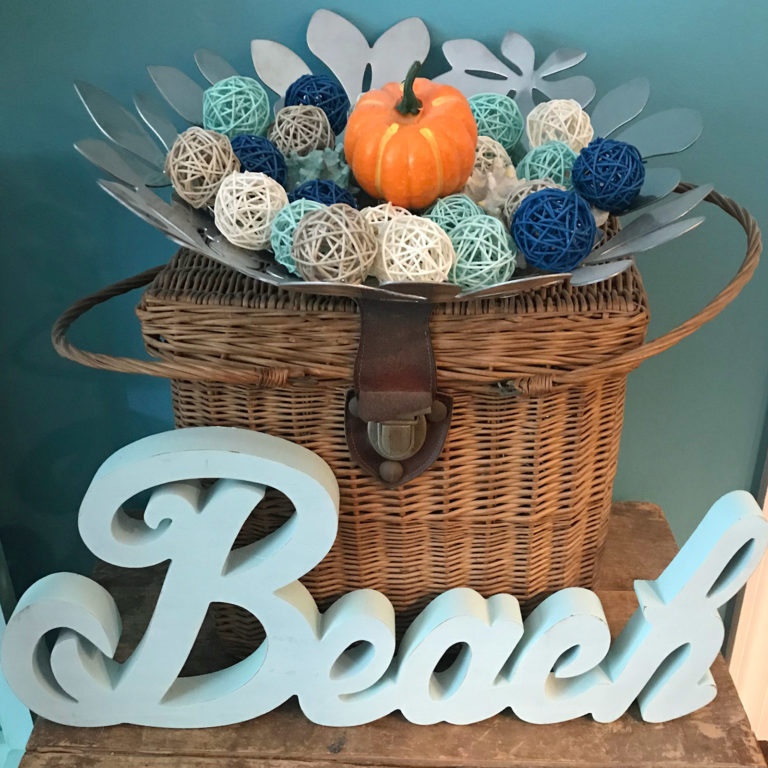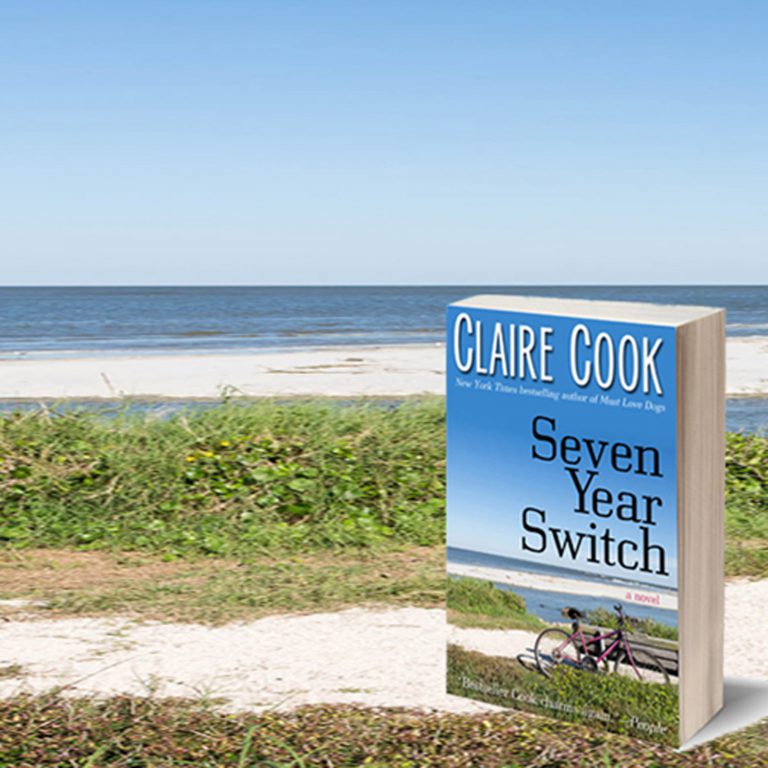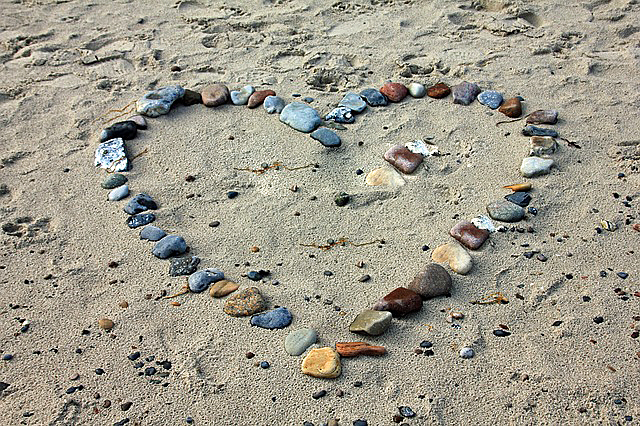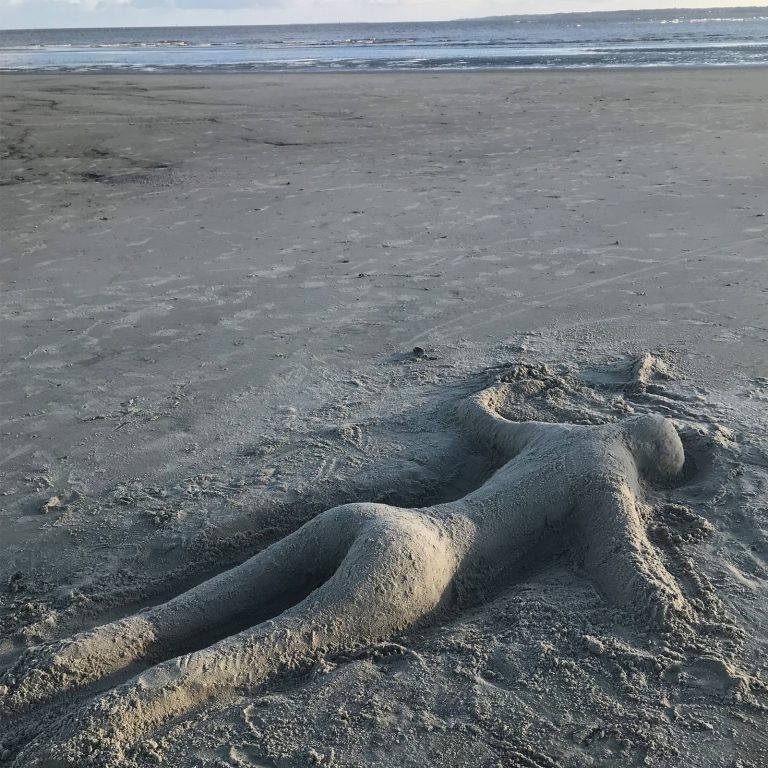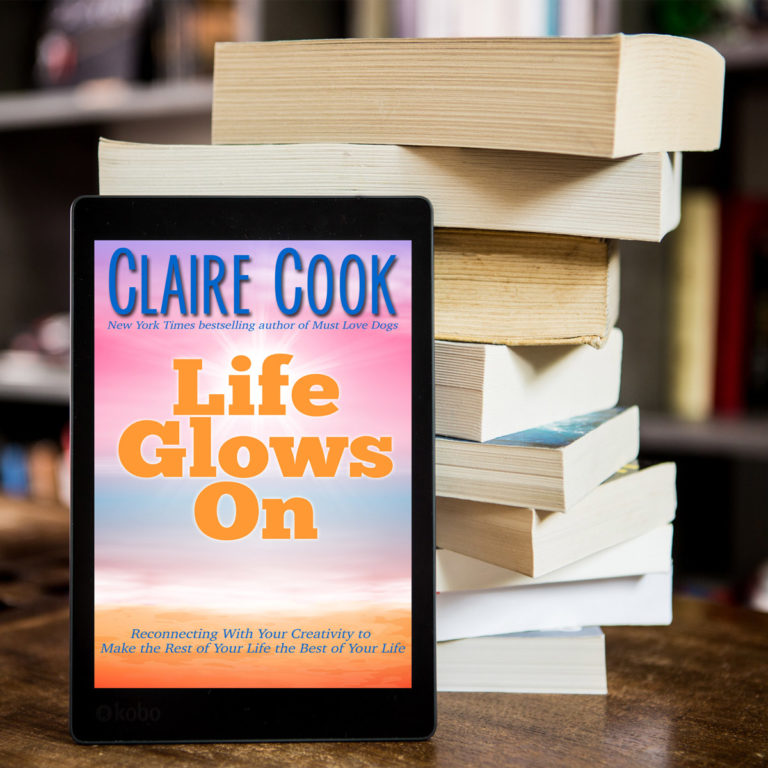Rescuing Sand Dollars
Hi Everybody,
So I’m walking the beach trying to think of what to write about. Something that might inspire you in your own life, maybe trigger a creative or a give-back or a feel-good idea.
As I walk, I breathe in the salt air, stretch out my legs. Occasionally I stop to scoop up a sand dollar exposed by the tide. I check to see if it’s alive, and if it is, I gently toss it back into the ocean.
The beaches here on St. Simons Island are rich in sand dollars. Sand dollars are called sea biscuits or sea cookies or sand cakes in other parts of the world. In South Africa, they’re called pansy shells. Some people call them mermaid money.
Whatever you call sand dollars in your neck of the beach, I love them. Whenever I find one, I feel lucky, and it makes me think that the world would be a kinder and gentler place if sand dollars were our currency.
So when the tide is right and there’s enough light to see, I scoop up beached sand dollars, careful not to break their fragile flat circular skeletons as I gently return the live ones to the ocean. Sometimes just one or two, sometimes as many as twenty or thirty sand dollars stranded on a single stretch of beach. A sand dollar can’t survive out of the water long, so returning it by carefully placing it back into the ocean is a good thing.
For me, it’s a magical ritual. Rescuing sand dollars makes me feel like a cross between Wonder Woman and a mermaid.
There’s a beachcombing law in Georgia, as in lots of other states, which makes it illegal to collect and kill living beach creatures. You can only collect empty shells or non-living treasures.
The trouble is that many people have no idea how to tell if a sand dollar is dead or alive. The sand dollar they’ve just found doesn’t appear to be moving, so they pick it up and take it home as a souvenir.
Just so you know, unless a sand dollar is white or the palest gray, it’s probably alive. A live sand dollar will be some shade of purple or brown or dark gray and have tiny bristles like little hairs on the underside and around the edges. It has kind of a velvety feel.
If a sand dollar is dead, it will be smooth all over because its bristles have fallen off. The skeleton that remains is called a test. If you look at the sun-bleached test, you’ll see a starlike pattern, which legend has it represents the Star of Bethlehem that led the wise men to the manger.
Long sand dollar story short: If it’s brown, put it down. But (flashback to high school alert!) it’s okay to take the test. Another version: If they’re purple or brown or gray, they have to stay. If they’re white or light, you can hold on tight.
When in doubt, gently put the sand dollar back in the ocean. That sand dollar you just rescued could live another six to ten years.
Today I saved fourteen sand dollars while thinking about what to write for you! It also made me remember that wherever we are and whatever we’re doing, ideas are swirling all around us.
Whatever your version of my daily walk is, creativity and something worth saving is always out there waiting for you. And in my book, that’s where the best kind of feel-good comes from.
I write more about walking the beach and sand dollars and creativity in my nonfiction book, Life Glows On: Reconnecting with Your Creativity to Make the Rest of Your Life the Best of Your Life.
“Our creativity doesn’t fix everything. But it gives us a place to focus our energy, to connect with our passion and purpose. It allows us to be the conduit for some pretty cool things. It helps us find the joy.”
—Claire Cook (Life Glows On)
Talk to you soon!
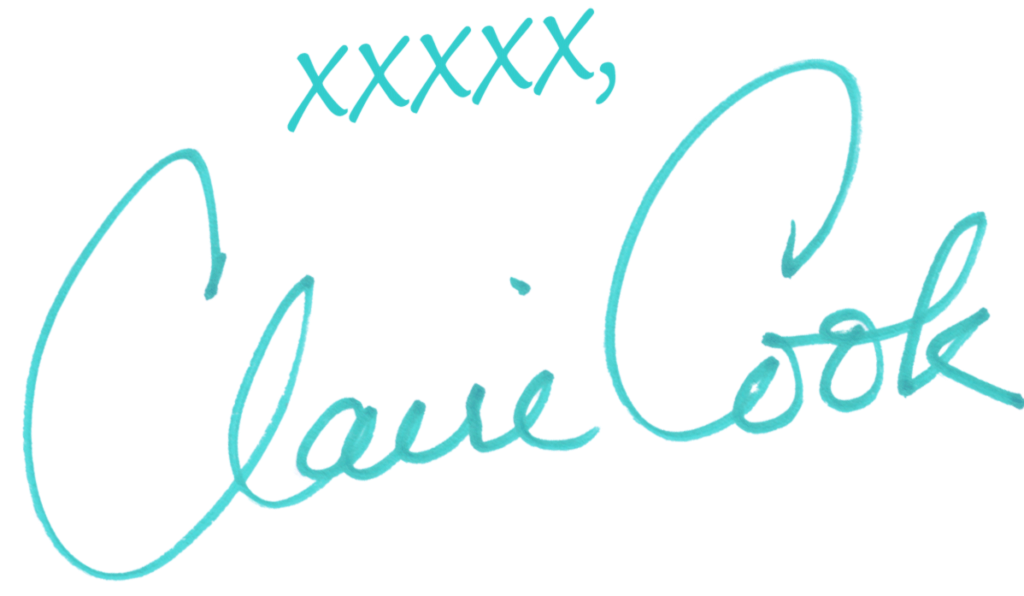
CLAIRE COOK wrote her first book in her minivan at 45. At 50, she walked the red carpet at the Hollywood premiere of Must Love Dogs, starring Diane Lane and John Cusack, which is now an 8-book series. Claire is the New York Times, USA Today and #1 Amazon bestselling author of 23 fun and inspiring books for 40-to-forever women. Get your free gift at ClaireCook.com.


